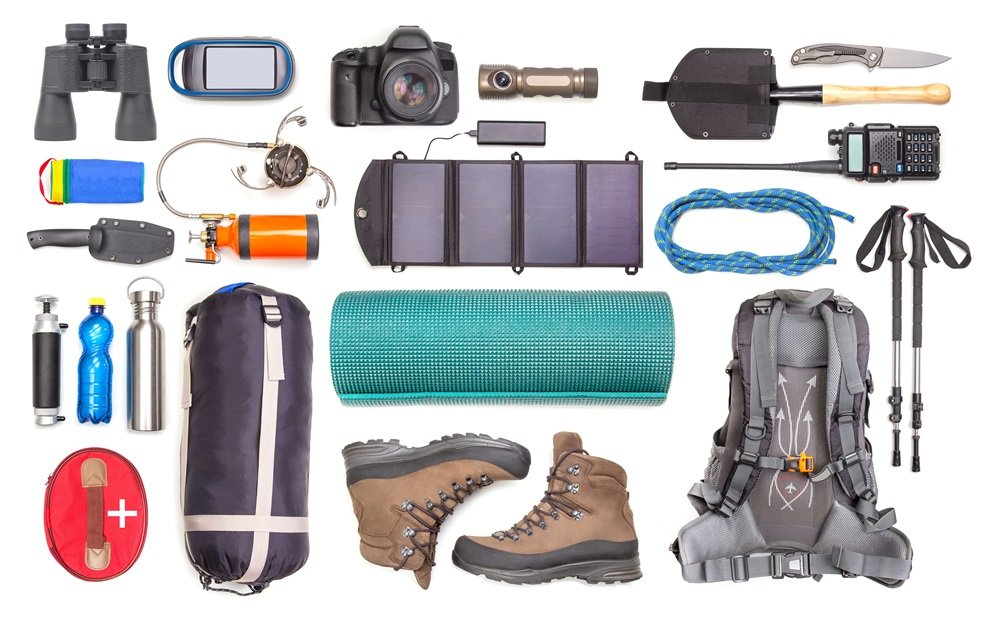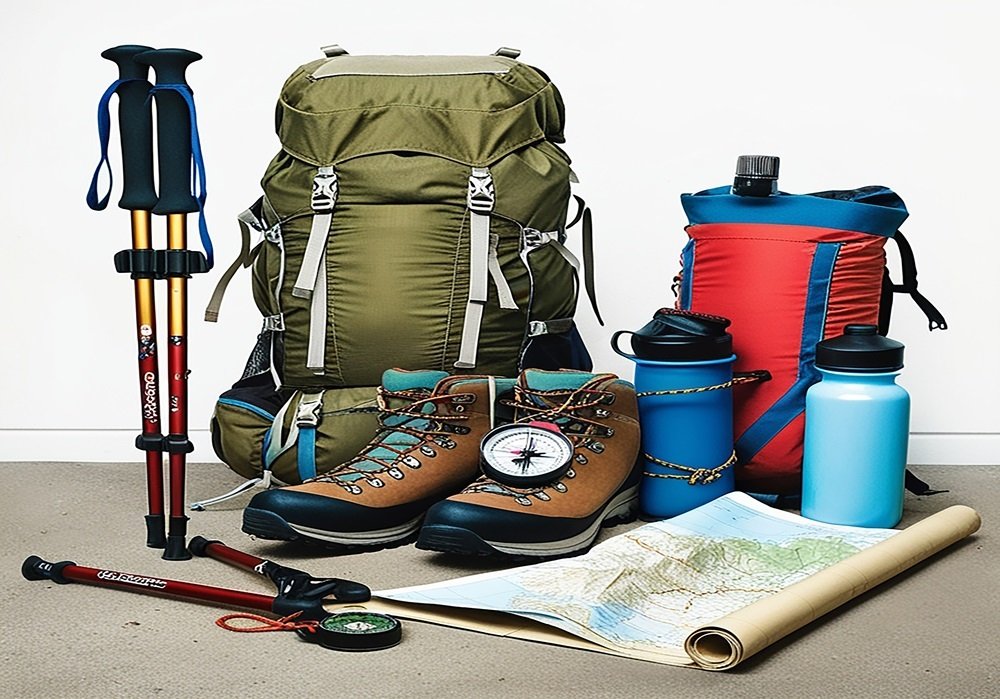You see a “$200 jacket now only $50!” banner and feel that familiar rush. But what if that jacket was never actually $200?
Whether you’re hunting for second hand hiking gear or shopping for everyday items, you need to know the real deal from retail tricks.
Here’s how to spot genuine discounts and protect your wallet.
Why Retailers Play the Pricing Game
Stores inflate original prices for one simple reason – it works. For every $1 increase in the posted “original price” for an item, consumers were willing to pay, on average, an extra 77 cents for that item.
Retailers “mark up the prices and then offer seemingly deep discounts to make the deals look more attractive” according to marketing experts.
51% of consumers say brands regularly float fake discounts, making this practice more common than you might think. But you don’t have to fall for these tricks.
The Most Common Fake Discount Tactics
False Reference Pricing is the biggest culprit. Retailers set inflated reference prices, making subsequent discounts appear more substantial than they genuinely are. Here’s what this looks like:
- A store raises prices for a few days, then “discounts” back to normal
- Products show permanent “sale” prices that never change
- Original prices that were never actually charged to customers
A check at various sellers for a Le Creuset skillet found reference prices ranging between $250 and $285 — but most retailers (including Le Creuset’s own site) actually sell the skillet for $200. The “original” prices were meaningless.
Red Flags That Scream “Fake Sale”
Watch for these warning signs when you shop:
Permanent Sales: Some well-known stores seem to have perpetual sales on certain items, so the “discounted” price is really the regular price. If something is always “50% off,” that’s just the normal price.
Too-Good-To-Be-True Discounts: Genuine sales rarely exceed 70% off regular retail. Anything higher deserves extra scrutiny.
Vague Original Pricing: Look out for terms like “compare at” or “suggested retail price” instead of “was” or “our price was.”
Smart Shopping Strategies That Actually Work
Track Prices Over Time
Don’t trust your memory. Use price tracking tools or browser extensions to monitor items you want over several weeks. You’ll quickly see the real price patterns.
Research Multiple Retailers
Check the same item across different stores. If one retailer’s “original price” is much higher than others’ regular prices, you’ve found inflated pricing.
| Strategy | Time Investment | Effectiveness |
| Price tracking apps | 2 minutes setup | Highly effective |
| Cross-retailer comparison | 5-10 minutes | Very effective |
Know Your Legal Rights
In California, firms must have sold a product at the original price within the previous three months.
Other states have similar laws. Don’t hesitate to report obviously fake pricing to consumer protection agencies.
Psychology Behind Why We Fall for These Tricks
Deceptive pricing works by exploiting the psychological triggers that influence consumer behavior, particularly the emotional appeal of sales and deals. Your brain sees a discount and gets excited before logic kicks in.
67% of respondents said growing living costs made them more desperate to find good deals, and 71% believed they were saving money by buying products on offer. Retailers know you’re looking for savings and exploit that need.
Combat this by:
- Taking time to research before buying
- Setting a realistic budget regardless of “discounts”
- Remembering that a good deal on something you don’t need isn’t a good deal
Real Discounts vs Fake Ones
Genuine discounts usually happen for clear reasons:
- End of season clearance
- Store closures or renovations
- Overstock situations
- Holiday shopping events with specific timeframes
Fake discounts often have no clear reason or timeline. They just exist to make you feel like you’re saving money.

Your Action Plan for Smart Shopping
Start implementing these techniques today:
First, download a price tracking tool for items you buy regularly. Second, when you see an appealing discount, wait 24 hours and research the item’s price history. Third, compare prices across at least three different retailers.
Remember, the best discount is on something you actually need at a price you can afford.
Don’t let inflated original prices trick you into spending money you wouldn’t otherwise spend.
Smart shoppers who use these techniques consistently save hundreds of dollars annually by avoiding fake sales and finding genuine discounts.
Your wallet will thank you for taking the time to spot the real deals from the retail theater.
Frequently Asked Questions
How can I tell if a discount is fake?
Look for red flags like permanent sales, vague original prices, or discounts over 70% without a clear reason. Compare prices across multiple retailers to see if the “original” price is inflated.
Why do retailers use inflated prices before offering discounts?
It’s a psychological tactic called “false reference pricing.” It makes customers feel like they’re getting a great deal, even when the discounted price is just the regular price.
Are fake discounts legal?
It depends on the location. In California, for example, the original price must have been charged within the last 3 months. Many states have similar laws, so check your local regulations.
What’s the best way to find genuine discounts on hiking gear or other products?
Use price tracking tools, compare prices across different stores, and wait 24 hours before making a purchase. This helps you spot the real deals.
What psychological tricks make us fall for fake sales?
Retailers exploit urgency, fear of missing out, and the emotional satisfaction of “saving money,” even when there’s no actual saving.
When are big discounts actually real?
Usually during end-of-season sales, store closures, clearance events, or genuine overstock situations.Can I really save money by avoiding fake discounts?
Yes — shoppers who consistently track prices and verify deals save hundreds of dollars annually.


